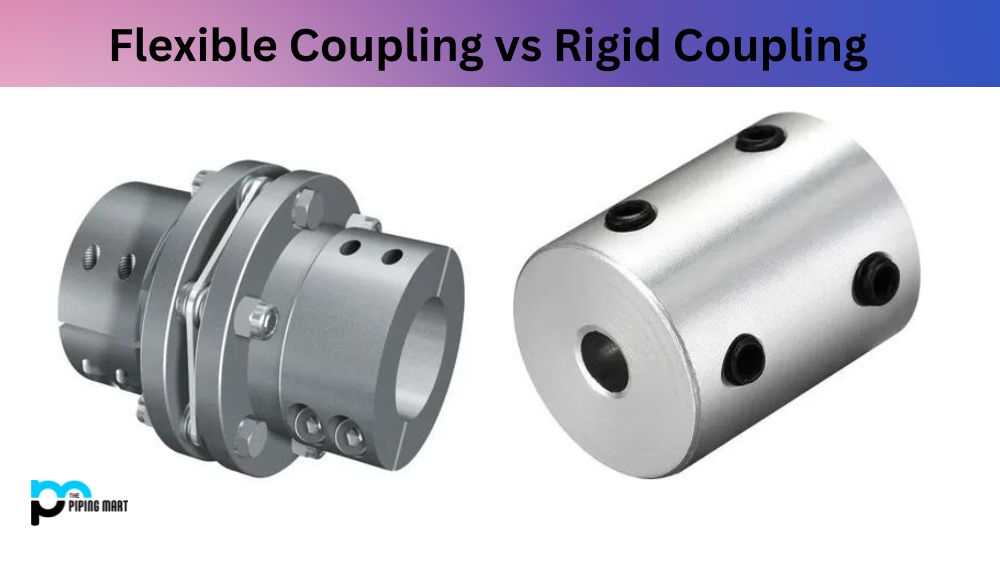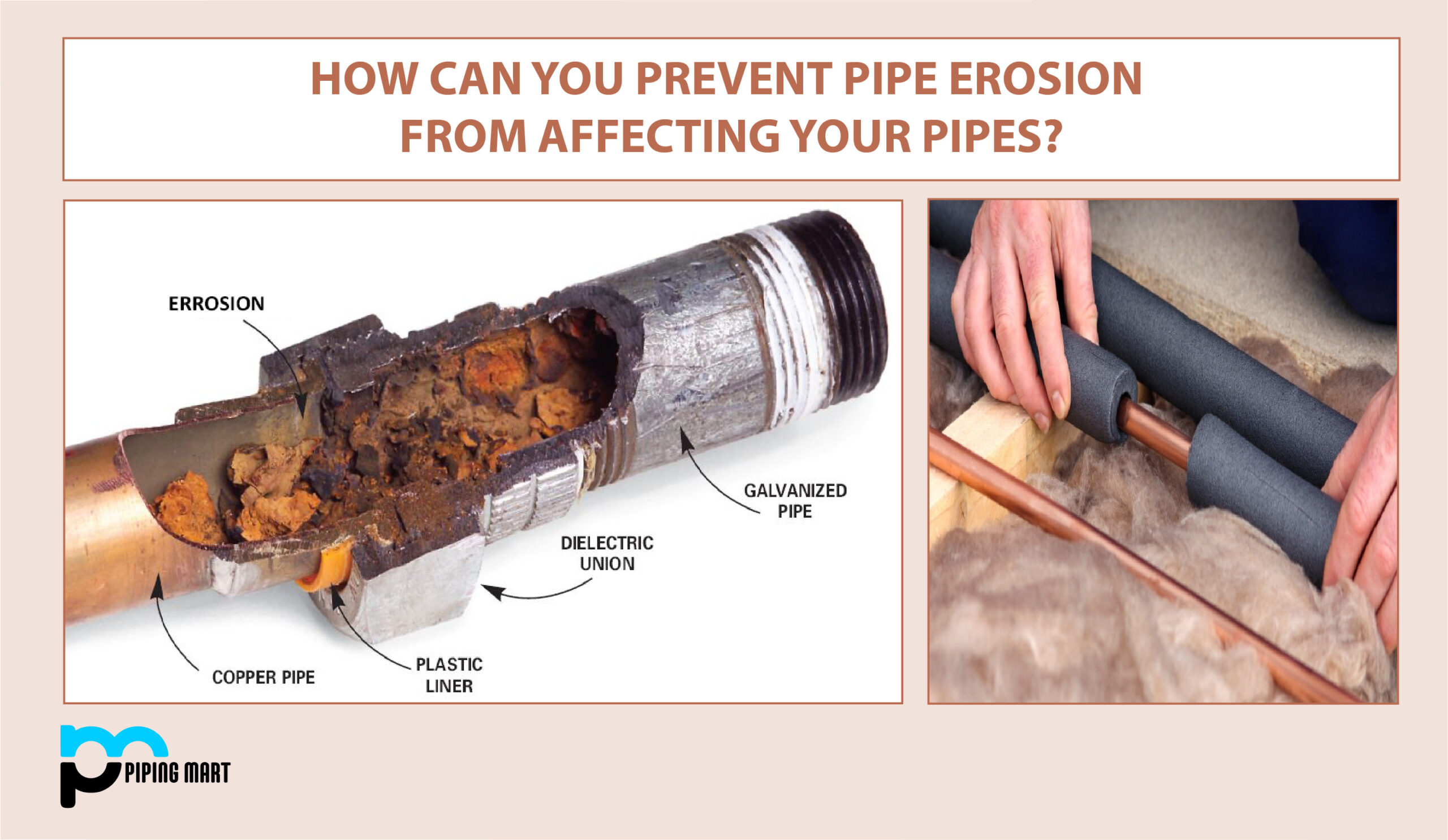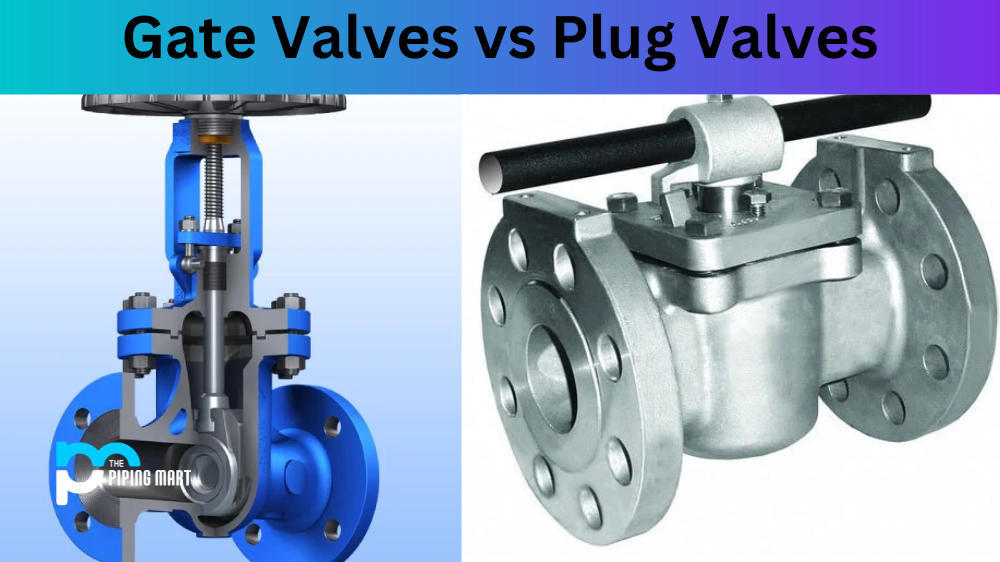A coupling is a mechanical device used to connect two shafts at their ends to transmit mechanical power. Couplings play an important role in various industries, from manufacturing to transportation. Over the years, different types of couplings have been developed to fit specific applications. Two of the most common types are flexible couplings and rigid couplings. But what’s the difference between them? This blog post will explain everything you need to know.
What is Flexible Coupling?
Flexible coupling is a type of mechanical coupling which facilitates the connection between two shafts, allowing them to transmit power. It utilizes a flexible material that helps absorb vibrations and misalignments while ensuring no damage to the components or efficiency loss. These couplings are highly useful in industrial applications because they can flexibly accommodate machines with different tolerances and temperatures. The best-known flexible couplings include elastomeric and metallic spline couplings, universal joints, bellows couplings, and disc and diaphragm varieties.
What is Rigid Coupling?
A rigid coupling is a mechanical connection that transmits torque and motion between two rotating shafts without any relative axial movement. This makes them ideal for transmitting power and rotational speed from one shaft to another. Rigid couplings also provide high accuracy through precise alignment of the connected members and are available in various shapes such as flange, cup, spider, and sleeve, among others. They can be made with materials like steel or aluminium, which adds strength and flexibility to ensure vibration-free operations even under heavy loads.
Difference between Flexible Coupling and Rigid Coupling
Flexibility
The most obvious difference between flexible and rigid couplings is their level of flexibility. Flexible couplings absorb shock and vibrations, making them suitable for applications with a risk of misalignment or shaft deflection. They also allow for a small amount of angular misalignment. Rigid couplings, on the other hand, are designed to transmit power without any flexing or angular movement. They are ideal for applications where there is no risk of misalignment or shaft deflection.
Design
Flexible couplings have a more complex design compared to rigid couplings. They typically consist of two flanges with a flexible element in between, such as a rubber bushing, a metal bellows or a flexible grid. The element’s flexibility allows for some misalignment between the shafts. Rigid couplings, on the other hand, have a simple design with a one or two-piece clamp-style or set-screw connection that tightly grips the shafts to prevent movement.
Maintenance
Flexible couplings require periodic maintenance to ensure the flexible element remains in good condition. Depending on the type of flexible element used, the maintenance could involve periodic inspection, replacement, or lubrication. Rigid couplings, conversely, are maintenance-free as they do not feature any flexible element that needs replacing or lubrication.
Torque Capacity
Flexible couplings have a lower torque capacity compared to rigid couplings. This is due to their flexible element, designed to absorb shock and vibrations rather than transmit high power levels. Rigid couplings, on the other hand, are designed to transmit high torque levels without any flexing or angular movement.
Cost
Flexible couplings tend to be more expensive than rigid couplings due to their complex design and the use of a flexible element. However, they are necessary for applications that require a certain amount of misalignment or shaft deflection. Rigid couplings are generally more affordable and suitable for applications without the risk of misalignment or shaft deflection.
Conclusion:
In conclusion, choosing between flexible and rigid couplings depends on the application’s requirements. Flexible couplings offer more flexibility and are suitable for applications with a misalignment or shaft deflection risk. Rigid couplings are designed for applications without risk of misalignment or shaft deflection. It’s important to consider the level of maintenance required, the torque capacity, and the cost when selecting a coupling. It’s recommended to consult with an expert to help determine the best coupling for your application.

Abhishek is a seasoned blogger and industry expert, sharing his insights and knowledge on various topics. With his research, Abhishek offers valuable insights and tips for professionals and enthusiasts. Follow him for expert advice on the latest trends and developments in the metal industry.




